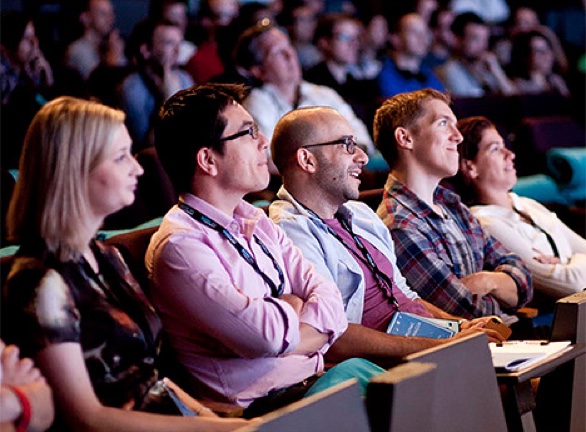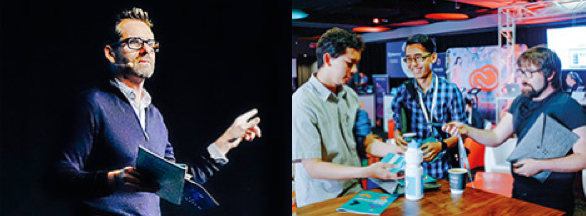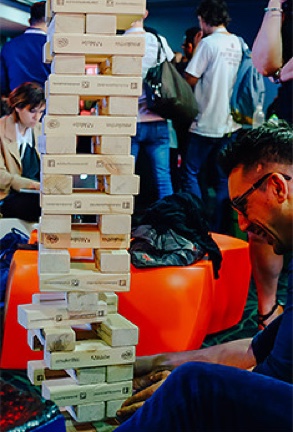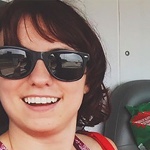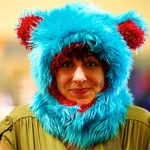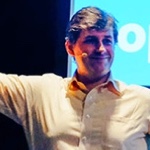Matt Griffin (founder, Bearded) has been thinking about what it means to be a "web designer," grappling with the many (and sometimes misunderstood) disciplines that come into play. All of the rapid changes in technology we grapple with every day have resulted in a shifting landscape of skills and responsibilities. What’s a designer to do? Luckily, Matt is in the unique position to answer this question from a variety of perspectives and experiences.
To create his documentary film about the web, What Comes Next Is the Future, Matt conducted dozens of hours of interviews, many of which could not make it into the final film. This talk draws on that additional footage, capturing the thoughts and experiences of industry leaders Trent Walton (founder, Paravel), Irene Au (operating partner, Khosla Ventures), Ethan Marcotte (author, Responsive Web Design), Indi Young (founder, Adaptive Path), Brad Frost (author, Atomic Design), Yesenia Perez-Cruz, Kelly Goto (founder, gotoresearch), and many more.
With Matt as a guide, these luminaries' perspectives create a cohesive, multi-faceted view of the modern web industry and a designer’s place in it.
